Born from fire and flood
The last few years have been eventful. Fires, floods, pandemic, extreme weather, social upheaval, terrorism, extremism, and seismic shifts in social patterns. People are increasingly connected and increasingly overwhelmed by the constant barrage of information. The organisations responsible for conveying critical information to the public have found their role increasingly important yet also increasingly difficult as the need for information and the chaos of information-overload clash.
Social media platforms and traditional web sites are failing to resolve this situation. Most organisations cast their information onto the web and into the social wilderness and hope that the public will be able to find it. Information scrolls by on platforms like Twitter, mixed in with advertising and interest-driven content, requiring consumers to not only have subscribed to the right feeds but also to have their eyes constantly glued to their screens to receive the critical messages being communicated. Often social media 'groups' become informal information aggregators, the efficacy of these groups only as good as the searching ability and responsiveness of their members.
Alternatives such as bespoke mobile applications are effective to gain cut through but they are very costly to develop and maintain, and are frequently designed to suit a single organisation's communication strategy; leaving out information from adjacent organisations that is critical to consumers. Centralised management of comms across multiple disparate groups typically creates too heavy an administrative burden.
To solve these problems a platform is needed that:
- Aggregates information from multiple sources
- Allows decentralisation of publishing
- Categorises information by topic
- Targets information based on location
- Allows both information discovery and delivery
- Can be consumed via multiple channels
That's where Place.Earth comes in.
